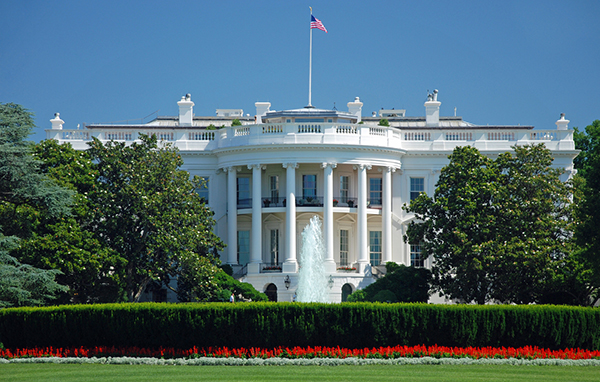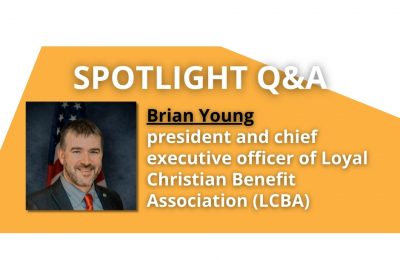Jezree Friend is the director of Public Affairs at the Manufacturer & Business Association. Contact him at 814/833-3200, 800/815-2660 or jfriend@mbausa.org.
As political priorities shift, a focus to end the U.S. Senate filibuster has made its way to the top. A filibuster is a procedure where one or several members of the U.S. Senate debate over legislation with the intention to delay or prevent a vote of passage on a bill. The U.S. Senate cloture rule requires 60 members to end debate to move to a vote. With the U.S. Senate in a political 50-50 tie with the vice president playing tiebreaker, the 10 votes needed to put a proposal to a vote is a steep climb.
The filibuster first emerged in 1806, and leaders from both parties sought, but failed, to ban it since that time. Ironically, the opposition would filibuster the motion to ban the filibuster.
The motivation to eliminate a filibuster would be to allow a party in control of both houses of Congress and the presidency to push their political agenda without concessions to the minority party. Its existence serves as an important political check and forces the need for widespread public support to pass policy.
A senator may engage in a filibuster by refusing to yield during debate if they continue to speak. Filibusters have included readings from Dr. Seuss, cookbooks and the phone book – remember those? Notably, the record for the longest filibuster goes to Senator Strom Thurmond of South Carolina, who in 1957 spoke for 24 hours and 18 minutes.
There are exceptions to the necessity of a cloture motion which includes nominations to executive branch positions, federal judgeships, legislation which has previously been written into law, and the budget reconciliation process which approves bills addressing entitlement spending and revenue provisions.
There are two ways the filibuster can be permanently ended. The first would be to end the cloture rule, but that requires support from two-thirds of the members and would paradoxically be filibustered. The second is referred to as the “nuclear option,” which is used to create new Senate precedent and only needs a simple majority. This process was recently implemented in 2013 and 2017 to reduce the number of votes needed to end debate on nominations.
Supporters of eliminating the filibuster could also move to weaken it by banning its use on specific motions but, ultimately, would leave the 60- vote rule intact. Another tactic would be to target the “Byrd Rule” to make it easier to include more proposals into a reconciliation bill.
After this recent public relations blitz to convince Americans the process is obsolete, the decision rests with individual senators. Even with necessary control in both houses of Congress, as we saw in 2016 with the Republicans and now with the Democrats, it is easier said than done. Sufficient motivation would require a strong issue that unites the majority party enough to justify an outright filibuster ban.
Should such an issue arise to warrant its removal after all these years, with it would include a senator’s ability to use its role as a political tool. Often, senators use it to blame opposition for inaction they are unwilling to back that are popular with some, but not all, within their own party. Think about mixed support on controversial proposals like the Green New Deal.
Lastly, filibuster removal exposes senators to the risk of a Senate, which will likely shift control in the near future. As political majorities traditionally switch every few years, pressure to eliminate a filibuster seems shortsighted. Now, imagine if elected leaders in Washington, D.C. gave this much time and effort on those things which bring us together and move our country forward?
To learn more, visit the Government Affairs page on www.mbausa.org or contact us at 814/833-3200.













